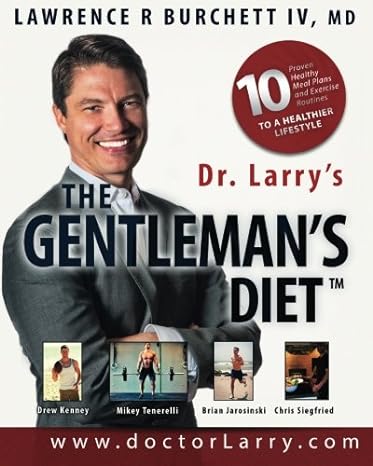How to Eat What You Love in Moderation

[cs_content][cs_section bg_color=”hsl(0, 0%, 100%)” parallax=”false” separator_top_type=”none” separator_top_height=”50px” separator_top_angle_point=”50″ separator_bottom_type=”none” separator_bottom_height=”50px” separator_bottom_angle_point=”50″ style=”margin: 0px;padding: 45px 0px;”][cs_row inner_container=”true” marginless_columns=”false” style=”margin: 0px auto;padding: 0px;”][cs_column fade=”false” fade_animation=”in” fade_animation_offset=”45px” fade_duration=”750″ type=”2/3″ style=”padding: 0px;”][x_custom_headline level=”h1″ looks_like=”h1″ accent=”false”]How to Eat What You Love in Moderation[/x_custom_headline][cs_text]Reviewed & Approved by Dr. Larry
[dropcap]T[/dropcap]his is not about restriction, or going overboard, or depriving yourself,” dietitian and nutrition expert Allison Evanson says of healthy eating and weight loss. “This is about ‘most of the time’ and ‘some of the time.’”
Eating unhealthy foods as part of a “moderation diet” and achieving healthier eating habits can be difficult for many people trying to lose weight. We all do our best to eat healthy as often as we can, but sometimes you just want a slice of extra-cheese pizza.
How can we eat what we want without derailing our health and weight loss plan?
Eat what you love: in moderation.[/cs_text][x_video_player type=”16:9″ src=”https://youtu.be/6wv2H3SZYsk” hide_controls=”false” autoplay=”false” no_container=”false” preload=”none” advanced_controls=”false” muted=”false” loop=”false” poster=””][cs_text]You may have heard of “The 80/20 Rule,” where you eat healthy 80% of the time, and then 20% of the time you eat the unhealthy foods that you love. Allison says that this concept is a good way to quantify how to incorporate moderation in diet.
Allison warns that “cheat days” or “guilty pleasures” aren’t a good way to look at eating what you want, because they promote guilt-ridden overindulgence rather than simply eating what you want as part of a moderate diet. Once or twice a week, you should feel free to eat whatever meal makes you happy without feeling bad about it. It’s alright to eat that pizza once in a while, and not feel like you’re “cheating” on your healthy eating diet!
But Allison reminds her patients that eating whatever you want should always be done in moderation and in healthy eating portions. “If you’re having pizza three or four times a week, that’s not a ‘special occasion food,’” she cautions. “If you’re having pizza once a week or twice a month — that’s what we’re talking about.”
Allison always stresses the importance of a moderate-carb diet plan where every meal you eat has a source of protein, a source of vegetables, and a source of healthy fats. But as always — moderation is key. A moderate-fat diet or moderate-protein diet isn’t going to keep you feeling full and satisfied if you fail to eat a source of healthy fats (like nuts, olives, or avocado) and a source of quality protein (like fish or nuts — which are also great sources of healthy fats) along with a generous portion of vegetables.
Processed carbohydrates and sugars should be only eaten in moderation compared to healthy fats, protein, and vegetables, according to Allison. A moderate-carb diet where you eat bowl of pasta a couple times a week is a good way to eat healthier while still eating what you want in moderation, Allison says. It’s only when our ‘moderate’ meals become a too-frequent habit that it’s a problem.
Moderate or low-carb diets have been popular for years, but trendy doesn’t equal healthy. A no-carb diet just isn’t realistic or as healthy as a moderate carbohydrate diet. Those processed carbs that we love are fine a few times a week — but a moderate-carb diet that ups the importance of vegetables, healthy fats and protein is going to be most beneficial to your weight loss plan.
Some foods to include in your moderate-carb diet that can be included in your veggie/protein/healthy fats meals:
- Broccoli
- Fish
- Chicken
- Nuts
- Spinach
- Brussel sprouts
- Cauliflower
(Bonus points for foods that are high in protein, moderate in carbohydrates, and are also a nutrition-packed vegetable such as the broccoli and spinach!)
So eat that slice of pizza and don’t beat yourself up about it or starve yourself tomorrow! Just make sure your next meal is a healthy one.
—
Allison Evanson, MS, RD is the Registered Dietitian and follow-up coach for AffirmativHealth’s RE:Mind program, the Outpatient Dietitian at Sonoma Valley Hospital, and writer for putyourfoodtowork.com. Allison’s approach is to present healthy eating in a way that is realistic, sustainable, and enjoyable
[/cs_text][x_gap size=”50px”][/cs_column][cs_column fade=”false” fade_animation=”in” fade_animation_offset=”45px” fade_duration=”750″ type=”1/3″ style=”padding: 0px;”][x_widget_area sidebar=”sidebar-main” ][x_widget_area sidebar=”ups-sidebar-adoption-services” class=”man”][/cs_column][/cs_row][cs_row inner_container=”true” marginless_columns=”false” style=”margin: 0px auto;padding: 0px 0px 30px;border-style: solid;border-width: 1px;”][cs_column fade=”false” fade_animation=”in” fade_animation_offset=”45px” fade_duration=”750″ type=”1/1″ style=”padding: 0px;”][cs_text]
Featured Content
[/cs_text][/cs_column][/cs_row][/cs_section][cs_section parallax=”false” separator_top_type=”none” separator_top_height=”50px” separator_top_angle_point=”50″ separator_bottom_type=”none” separator_bottom_height=”50px” separator_bottom_angle_point=”50″ style=”margin: 0px;padding: 20px 0px 0px;”][cs_row inner_container=”true” marginless_columns=”false” style=”margin: 0px auto;padding: 0px;”][cs_column fade=”false” fade_animation=”in” fade_animation_offset=”45px” fade_duration=”750″ type=”1/1″ style=”padding: 0px;”][ess_grid alias=”featured_content”][/cs_column][/cs_row][/cs_section][/cs_content]


